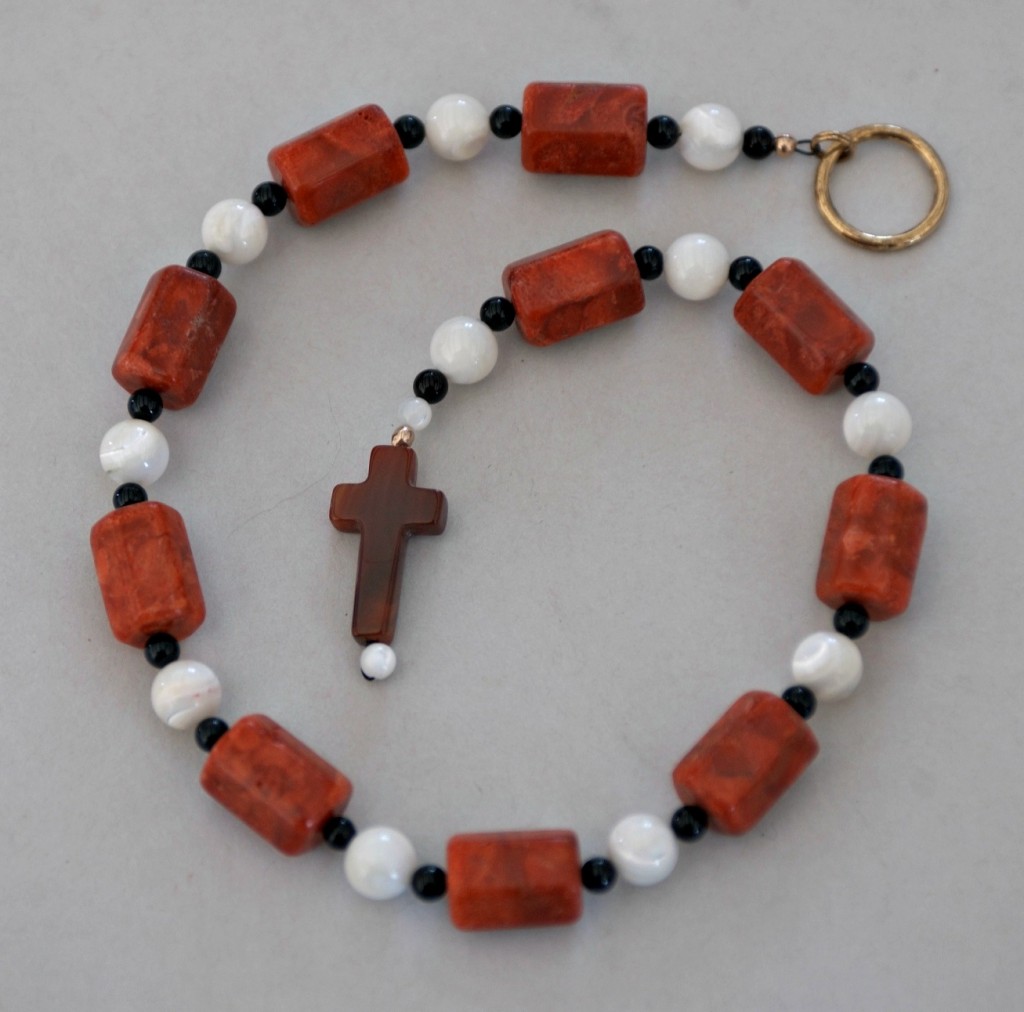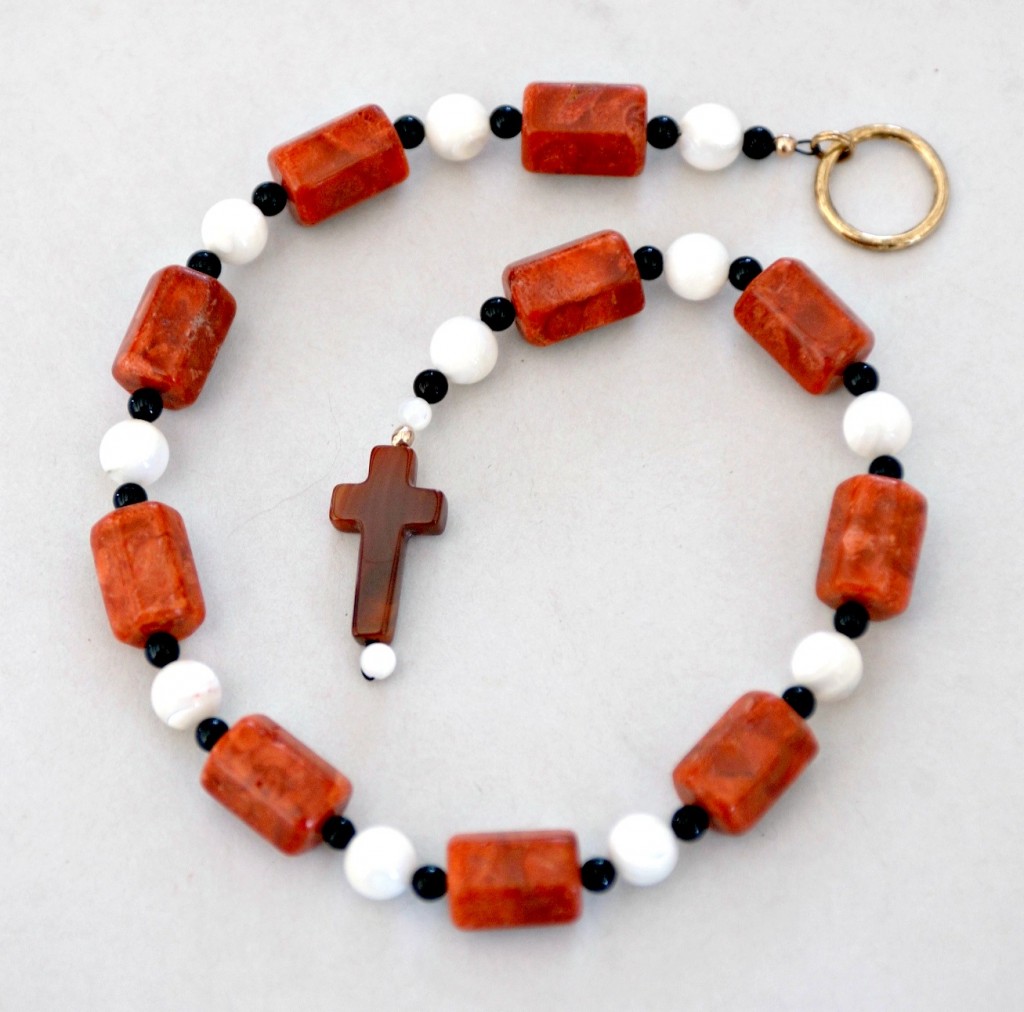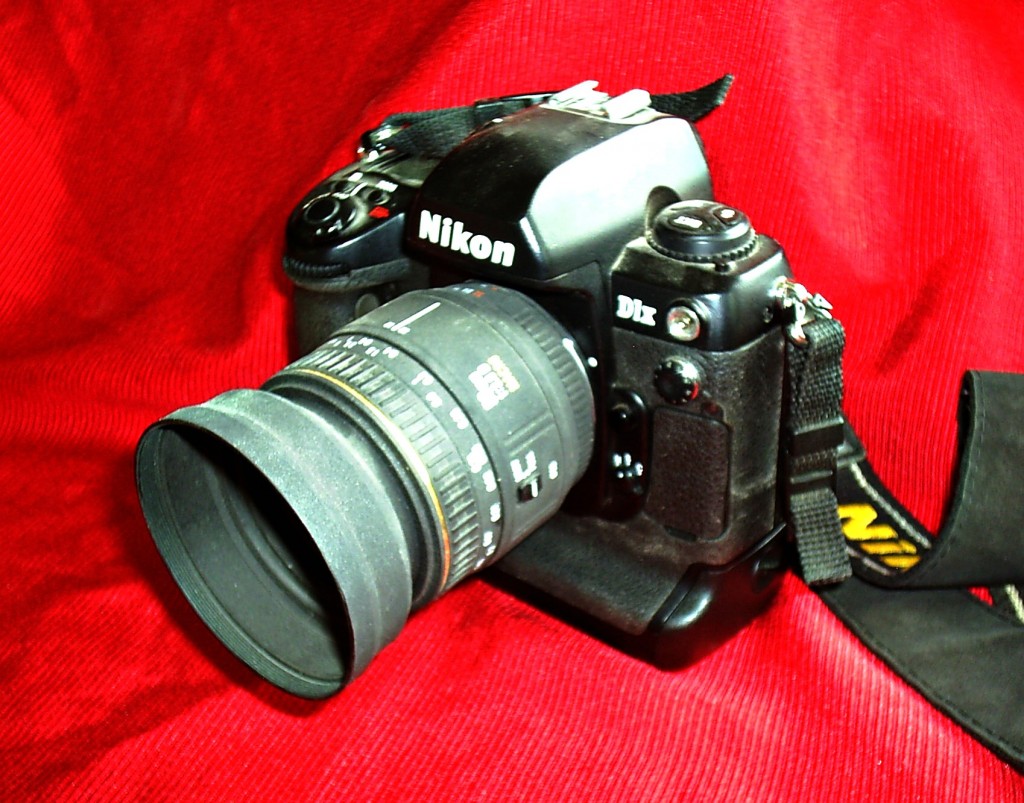So you have your camera and a decent lens, you set up the shot with good lighting, and you think you have it. You download the pictures to your computer and start going through them. UGH! It happens to all of us. The focus is good, but the color is not quite right or the piece is slightly overexposed. So do you start over, or do you use a little software magic?
Evaluate the picture. Is the focus good? Did you get the things that you need in the picture? Would it be easy to reshoot the pictures or would it be a major process? Are you on a deadline?
If the quality of the photo is good, except for a little bit of “off” color, or slight over exposure, I would go for the software. Now there are some truly amazing software packages out there, and some of them have serious price tags and require a considerable amount of training and skill. But there is another option- free online software packages. My personal favorite is www.picmonkey.com
This package allows you to adjust exposure, shadows, highlights, color temperature, and more. If you want to make posters you can even add words to your picture. And of course you can crop your pictures.
This is the raw picture as it came from the camera. You upload it to picmonkey, hit the auto adjust button, crop the picture, and this is what you get.
Much better, but then use the sliders in the exposure area to adjust the highlights and exposure and the results are this.
Not bad for just a couple of buttons! My preference of course would be to get it right in the first place, but sometimes that just doesn’t happen that way. On a couple of occasions I had to finish putting something up on my website in the evening because I was leaving for an event in the morning. No time for retakes, especially not using natural light, but “software to the rescue” and the project was done in time.
Sometimes, you need some special effects – a collage for a facebook cover photo or a picture with blurred edges for a specific ad or poster. Software will do that for you, too. When I first learned to use a 35mm camera over 30 years ago, we did the blurred edges on a picture with a lens filter. The other option that we had was to use filters during the developing process. Neither of these techniques was as versatile as using a simple software program. Picmonkey allows you to decide how wide the blurry area will be and how opaque it will be. Your blurry area can be black, white, or colored. That blurriness will often allow you to effectively eliminate an unwanted item in your picture without over-cropping the picture.
Take this picture for example; it was taken to illustrate a “how to” article. If we crop it and use the software blurring filters this is what we can accomplish. It focuses the viewer’s attention on the item that you want them to see.
I hope that this blog gives you some ideas about how to salvage your less than perfect photos and turn them into stunning, illustrative images. Websites, blogs, and even books and brochures can benefit greatly from well thought out and presented photographs.







